There is something to be said about simplicity and the appeal of plug and play components. The $99 Wiim Mini Network Steamer is the perfect example of such a device.
How does it sound? I just ordered one on Amazon and hope to let you know by the end of January.

Have you ever tried building your own Raspberry Pi? It is not necessarily the hardest task in the world but the process can be frustrating if you’re not comfortable with the software part of the equation.
Allo has done a fantastic job over the past 5 years with their BOSS2 Player, DigiOne Signature Player, and USBridge Signature Player but the appeal has remained within the audiophile community. The engineering is solid and the sound quality connected to a quality DAC can be excellent.
Many of us bought a Google Chromecast back in the day and used its optical output connected to a DAC to achieve satisfactory results. But then the evil people at Google decided to kill of the product and they became $200 on eBay.
So what about the $99 Wiim Mini Network Player?
It reminds me of the Chromecast but with a lot more connectivity options.

The Wiim Mini has its own control app but you might want to control it another way; the network player supports TIDAL Connect and Spotify Connect.
AirPlay 2 with support for Siri and Alexa Voice Assistant? It does that too.
Bluetooth 5.2 and Wi-Fi support for connection to your home network and wireless device.

Can you run an optical cable from the Wiim Mini to an external DAC? You already know the answer.
The Texas Instruments DAC circuit offers support for PCM up to 24bit/192kHz — but the digital output is limited to 16-bit/48kHz. There is no support for MQA or DSD. We would love to see 24/192 via a firmware update and we’ll keep you informed if that happens.
If that’s a deal breaker for you at $99 — you have issues. Like serious issues.
Analogue output comes via a 3.5mm socket.
But do you know how I’m going to test the Wiim Mini? With 2 pairs of powered loudspeakers from Q Acoustics and Fluance in the coming weeks. Both have their own internal DACs and let’s see how they fare.
Where to buy: $99 at Amazon
This story was originally published January 17, 2022.


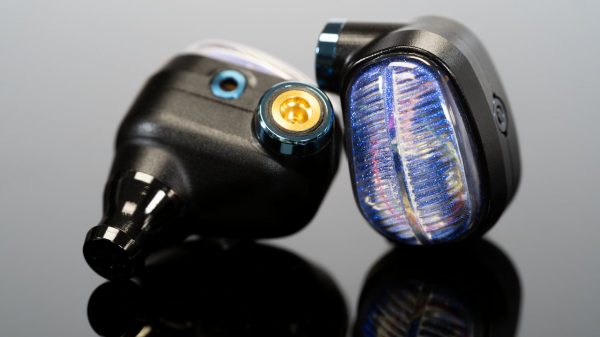
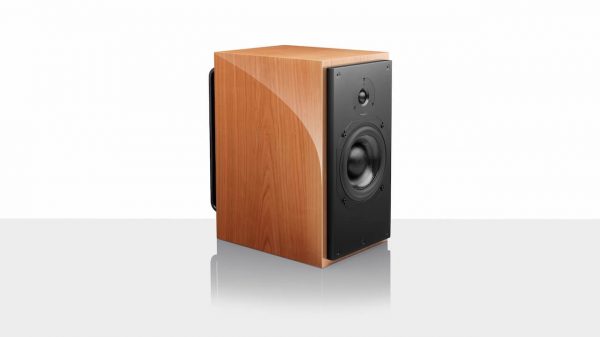

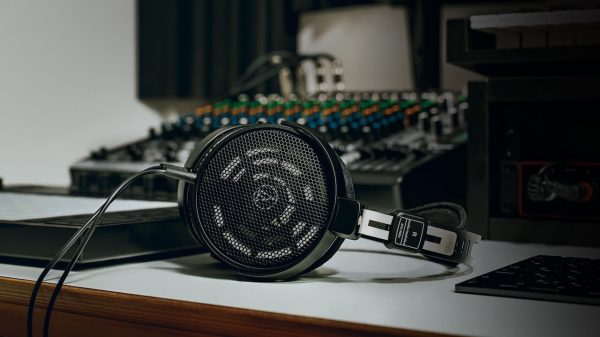





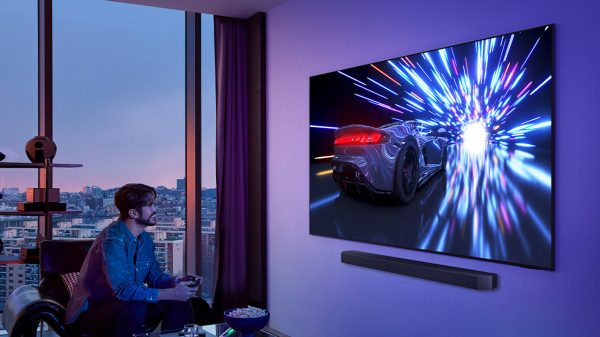


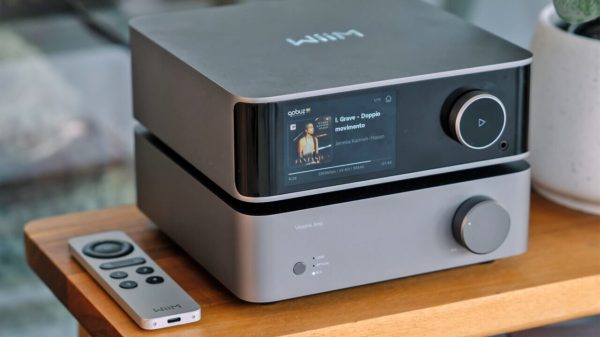

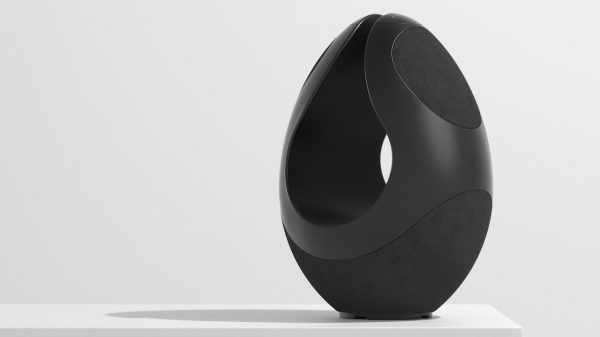


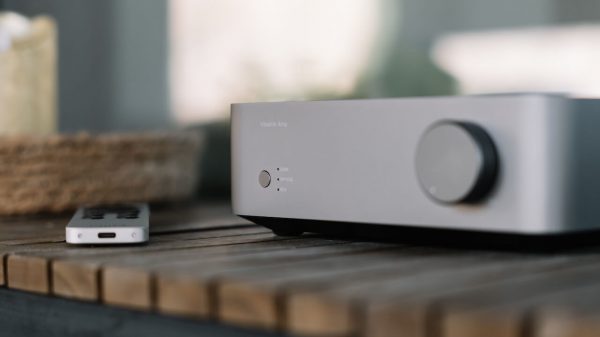
















Mike Cornell
January 17, 2022 at 2:31 pm
Hi Ian …..as per John Darko’s site, a future firmware update may boost the digital out to 24/192. Looks like a very intriguing unit for not much money! We shall await your report.
Ian White
January 17, 2022 at 2:36 pm
Mike,
I expect to see it this week.
I’m actually going to try it with 3 powered speakers; Kanto TUK, Fluance and Q Acoustics.
Ian
David Solomon
January 19, 2022 at 2:02 am
Looking forward to hearing your thoughts. Sounds like it does a lot. Here are a couple of concerns; 1. Will real-world wifi systems transmit non-adaptive Hi Res. 2. It would also be my inclination to run the toslink either way, but I do wonder if their optical port will do 24/192.
Ian White
January 19, 2022 at 2:39 am
David,
Wonderful to hear from you.
It’s on its way and I hope to see it by Monday.
I think it requires a firmware update to do 24/192 from the optical port. It’s currently limited to 16/48.
Ian
ORT
January 17, 2022 at 4:00 pm
Cool beans! I will stick with my Grace Digital Link as it has a color screen for album artwork and any relevant information I may want to know. Grace makes a quality product and are still sold out of many of them. When the Link returned to stock I immediately ordered three more (two for gifts and one for me!) as they really are excellent and not just “for the money”.
They have an app that works great too. If I did not already have two Grace Links in my home for headphone use, I would give this device you reviewed a go as it does indeed look to be fantastic! As with most things (except rats and spiders) the more the merrier!
I look forward to your thoughts on the Kanto and Fluance set ups as I am some what familiar with those brands and the Q Acoustics because it is new to me!
Thank you for the review!
ORT
Tim
January 17, 2022 at 5:19 pm
Hi Ian, I’ve configured several rPi and even though I’m an ‘advanced’ user i rarely use them any more. Great transports, but the best low end steamer/server I’ve used is the Nvidia Shield, as long as you have a USB DAC. Plays pretty much anything.
The Andover and Audioengine streamers also downsample, which limits their appeal to me, but they are great demo units to show people how easy audio streaming can be. The Wiim looks like a welcome new addition.
Best,
Tim
Gary
January 17, 2022 at 11:29 pm
As per Hans beekhyuzen it’s not worth buying even for this low price.
Ian White
January 18, 2022 at 2:15 am
Gary,
We shall see.
Ian White
Jean-François Héon
January 18, 2022 at 1:57 am
Hans tried the the RCA out. The optical out might be a totally different story. Also, it does not hurt to have a sample of more than one reviewer 8)
I am so looking forward to your usage report with the powered speakers Ian! When I read your article, my first thought was: “I could build a nice alternative to powered speakers by using the Wiim Mini with a small amp (say a Topping PA3s) and the new AE100 squared. “ But using the mini with powered speakers is a nice plot twist.
Ian White
January 18, 2022 at 2:16 am
Jean-Francois,
I’m going to try both but my gut tells me that it will sound better using the optical out into a decent external DAC and the DACs inside all 3 powered speakers.
Ian White
Jackson
January 22, 2022 at 12:56 pm
this I also think may be true…
Ross Warren
February 7, 2022 at 2:58 pm
Hans Beekhyuzen didn’t say it wasn’t worth $99. Just that the sound quality output via the internal DAC and 3.5mm analog output jack was “price appropriate”. Obviously a cheap device like this will have more jitter via its Toslink output than more expensive devices. That will be true even if WIIM upgrades that optical out to be “bit-perfect”. Still, it should sound as good as many Raspberry Pi builds – and just try building a Pi these days for less than $100 – can’t be done if you add in a case and decent external power supply.
At the end of the day the little WIIM will have its uses in “price appropriate” systems. Even Darko thought it sounded good “as is” feeding a Chord Mojo DAC.
I bought one to use in my den feeding the DAC inside my Denon AV Receiver and so far it works well in that use case, and hopefully better once they can stop the resampling to 16-bit/48kHz. I’ll save the Bluesound Node for the living room.
Just one thing: I had been under the perhaps mistaken impression all these years that Toslink was limited to 96kHz. If not, then cool.
In any case I’ll be happy to get native 16-bit/44.1kHz CD quality from it. Hoping that firmware update does happen.
I think for many people wanting to test the streaming waters, this cheap device would be a great, easy to use, entry point.
Ross Warren
February 7, 2022 at 4:50 pm
I’m hoping the sales of this WIIM Mini pushes their parent company, Arylic, to add both Spotify Connect and Tidal Connect to their better S50 Pro+ streamer with its ESS Sabre DAC implementation.
And for it to have digital pass through at native file resolutions without any resampling. For many people, it could be a “Bluesound Node killer” for less than half the cost.
The 4Stream based app isn’t as elegant as Bluesound’s O/S, but it works “OK” – I use Tidal Connect anyway. Will be interesting to hear your take on the $99 WIIM Mini connected to powered speakers.
Ian White
February 7, 2022 at 4:55 pm
Ross,
Our review of the Arylic posts on Tuesday.
I believe Spotify Connect is part of the feature set now on the S50+.
Ian White
Ross Warren
February 7, 2022 at 9:15 pm
Will be looking forward to it! Thanks for the head’s up.
Gary Law
February 19, 2022 at 2:22 am
4.6.407860
(Latest)
Release date:
2 / 17 / 2022
This update involves the following:
New Feature – Bit perfect 24bit/192kHz output to optical SPDIF
New Feature – Fixed Volume Output, i.e., volume is fixed to 100% without digital attenuation